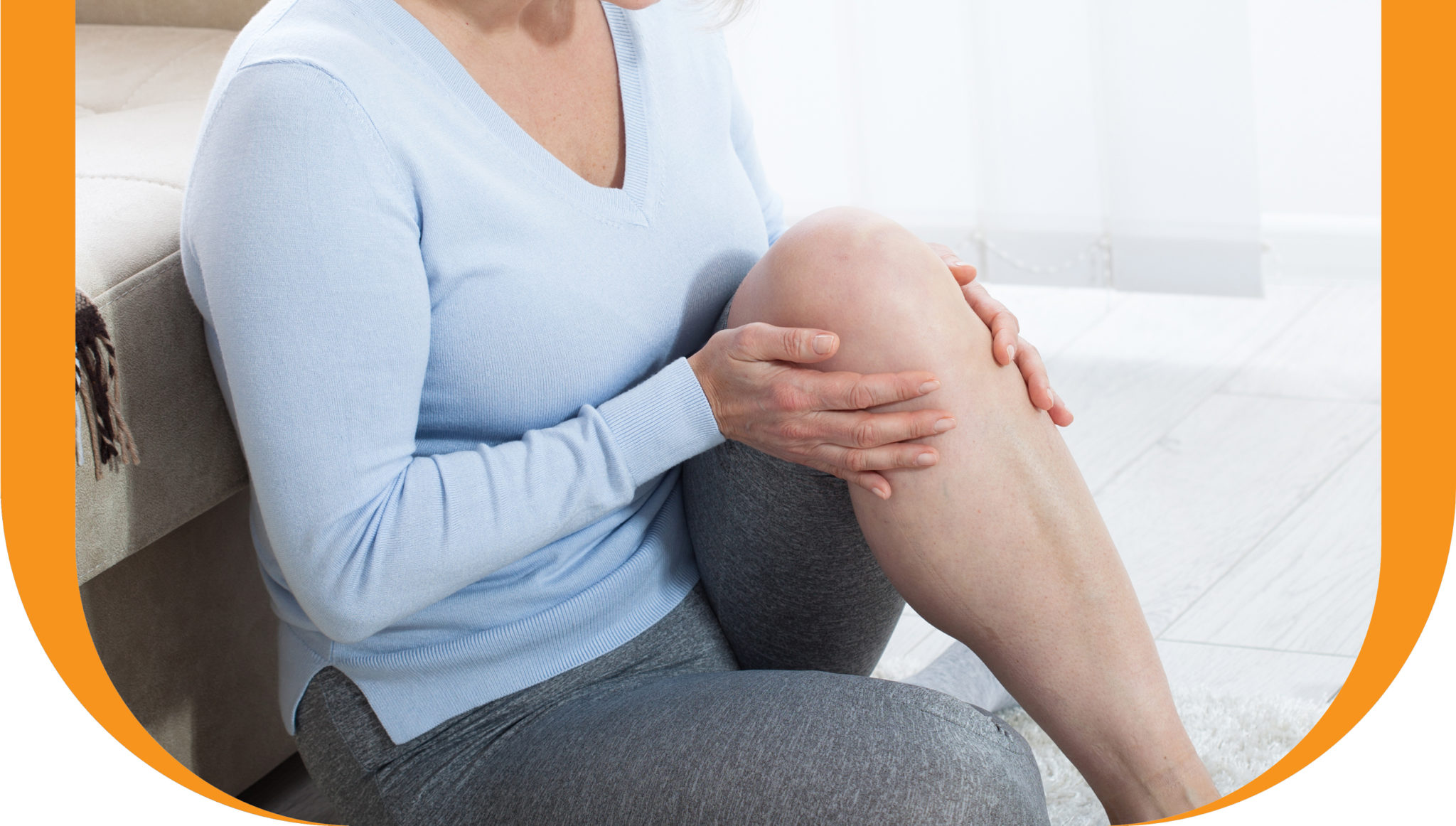
What is Bursitis?
Bursitis is an overuse injury that affects the bursae. Those are fluid-filled sacs that provide cushioning for your joints. In bursitis, those sacs become inflamed and painful. The injury most often affects the shoulders, elbows, or hips—though it can affect other areas as well.
What Causes Bursitis?
Bursitis can be caused by repetitive motions of the related joint. Certain motions and positions can also put excessive stress on the bursae. That includes things like:
- Kneeling for extended periods
- Repeatedly lifting objects over your head
- Leaning on your elbows for extended periods
In addition, there are a few more ways your bursae can become inflamed, including:
- Hitting a joint against an object
- Inflammatory diseases such as rheumatoid arthritis
- Bacterial infections
Signs and Symptoms of Bursitis
The symptoms of bursitis depend on which joint is affected and what caused the condition, but here are some of the most common symptoms:
- Joint ache
- Joint stiffness
- The joint looks red and swollen
- Inability to move a joint or reduced range of motion
- Pain increases when you move the joint or press on it
How is Bursitis Treated?
There are several options when it comes to treatment for bursitis:
-
- Assistive devices: Such as a cane to take the pressure off the affected area
- Nonsteroidal Anti-inflammatory Drugs (NSAIDS): to reduce pain and inflammation
- Antibiotics: Only if your bursitis was caused by infection
- Corticosteroid injection: Can quickly relieve pain and inflammation
- Surgery: Such as draining or removing the affected bursa
Physiotherapy for Bursitis
Physical therapy can relieve pain, promote faster healing, and address the underlying causes to keep bursitis from returning. At Activa Clinics, our physiotherapists can create custom treatment plans that are tailored to your particular needs. That can include using a combination of different therapies such as:
-
- Exercises and stretches: Can improve range of motion and make joints more resilient
- Activity modification and retraining: Can prevent issues from reoccurring
- Functional braces and straps: Used to protect joints while they heal
- A variety of other pain-relieving therapies including:
- Interferential current therapy (IFC)
How to Prevent Bursitis
It may not be possible to prevent all cases of bursitis, but there are a few measures you can take to help reduce your risk:
- Take frequent breaks whenever you’re performing repetitive physical tasks.
- Use some type of knee padding whenever you’re kneeling for long periods.
- Lift with the legs when lifting heavy objects to avoid straining your hips.
- Use a wheeled cart to move heavy objects instead of carrying them and straining your shoulders.
- Lose excess weight to take stress off your joints.
- Warm-up and stretch before athletic or strenuous activities.
Book an Appointment
There’s no reason to continue dealing with the pain and physical limitations caused by bursitis. Getting treatment from a knowledgable and experienced physiotherapist can provide rapid pain relief and lasting results.